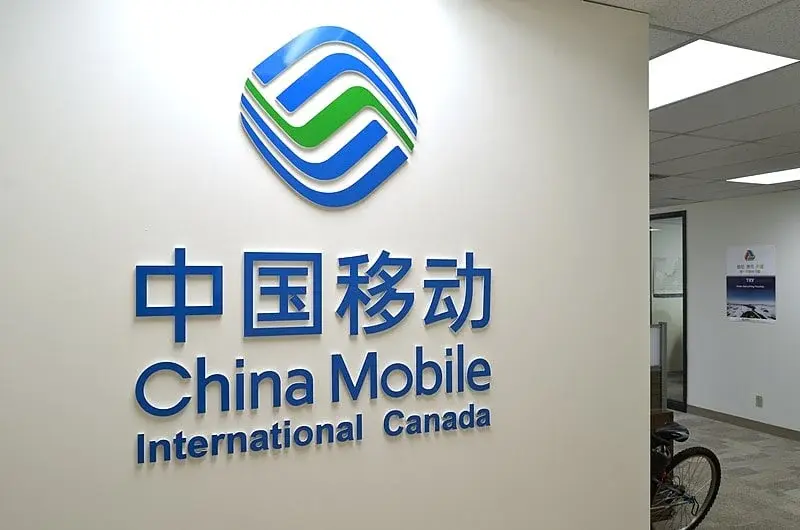China Mobile has made a notable advancement in optical network technology by successfully launching the first 800G hollow-core fiber transmission test network. This pioneering experiment, conducted in Shenzhen-Dongguan, Guangdong, highlights the capabilities of this cutting-edge technology.
Impressive Results on a 20-Kilometer Link
Collaborating with domestic manufacturers of optical fiber, cable, and equipment, the test aimed to assess the performance of anti-resonant hollow-core fiber under practical conditions. The evaluation included simulating various challenges such as pulling, squeezing, water vapor exposure, and outdoor welding.
The results were remarkable on a 20-kilometer link. Key technical metrics, such as hollow-to-hollow core fiber welding loss (0.05 dB), hollow-to-solid core connection loss (less than 0.3 dB), and optical cable loss after laying (0.6 dB/km), achieved "world-class levels."
Hollow-core fiber (HCF) leverages a unique air light-guiding mechanism, allowing light to travel through air instead of conventional glass. This innovative technology has the potential to surpass the limitations of solid-core fiber, providing substantial benefits for backbone and data center transmission.
Extended Performance Verification
China Mobile's experiment went beyond basic performance tests. Using a single-wavelength 800Gbps wide-spectrum optical transmission system, they successfully executed a 20km single-core fiber bidirectional 128Tb/s ultra-large capacity transmission test. This accomplishment indicates the feasibility of deploying anti-resonant hollow-core fiber in complex network settings.
Another crucial aspect of the test was constructing the first hybrid optical cable comprising both anti-resonant hollow-core and solid-core fibers. This cable met essential mechanical property standards for stretching, flattening, bending, impact, and torsion.
Overcoming Unexpected Challenges
The experiment encountered an unexpected hurdle when Typhoon Malis hit Shenzhen and Dongguan during the laying phase. Despite these severe weather conditions, China Mobile, along with domestic industry partners, conducted the first-ever test of anti-resonant hollow-core fiber cable technology in a complex pipeline network environment. This led to the completion of a hollow-core optical cable for a typical financial dedicated line route within the Greater Bay Area, potentially reducing optical link transmission delay by 30%.
Although the test results are encouraging, China Mobile recognizes the need for further improvements. Their future efforts will focus on reducing hollow-core fiber loss and refining fiber structure design to enable mass production. Additionally, they plan to adopt a collaborative R&D model for ultra-800G transmission systems and fiber design, accelerating the advancement of anti-resonant hollow-core fibers and their related optical communication systems.


Leave a Reply